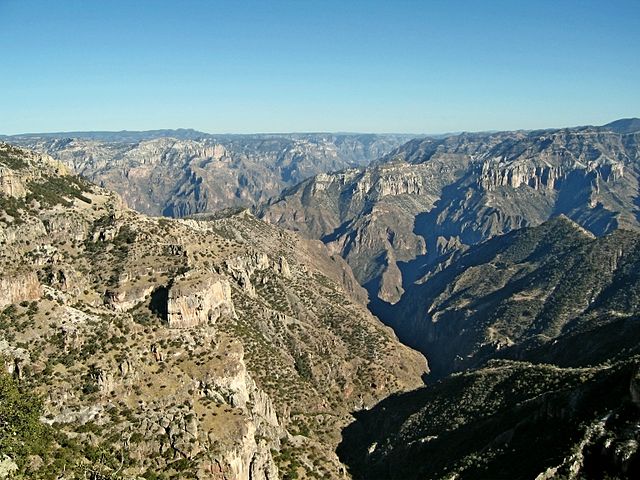Trans-Mexican Volcanic Belt
The Trans-Mexican Volcanic Belt, also known as the Transvolcanic Belt and locally as the Sierra Nevada, is an active volcanic belt that covers central-southern Mexico. Several of its highest peaks have snow all year long, and during clear weather, they are visible to a large percentage of those who live on the many high plateaus from which these volcanoes rise.
Six Mexican Volcanoes Left to right Iztaccíhuatl, Popocatépetl, Matlalcueitl (Malinche), Nauhcampatépetl (Cofre de Perote, most distant), Citlaltépetl (Pico de Orizaba), Sierra Negra
Image: Eje Neovolcánico Mexico
Pico de Orizaba
Volcanic Evolution and changes in composition over time. 1) Early to Late Miocene the belt the Cocos and Rivera plate begin subduction beneath Central Mexico. 2) Late Miocene to Early Pliocene the slab tear begins to propagate West to East across the back northern area of the belt, allowing Asthenospheric heat in to generate the Mafic episode. 3)Latest Miocene - Early Pliocene was the onset of more silic volcanics generated by Flat Slab Subduction which pushed the belt further inland to the north.
The Sierra Madre Occidental is a major mountain range system of the North American Cordillera, that runs northwest–southeast through northwestern and western Mexico, and along the Gulf of California. The Sierra Madre is part of the American Cordillera, a chain of mountain ranges (cordillera) that consist of an almost continuous sequence that form the western "sounds" of North America, Central America, South America, and West Antarctica.
Río Grande de Santiago winding through the Sierra Madre Occidental, forming part of the border between Nayarit and Jalisco.
Copper Canyon in Chihuahua, Mexico
Basaseachic Falls
The Rio Santiago








